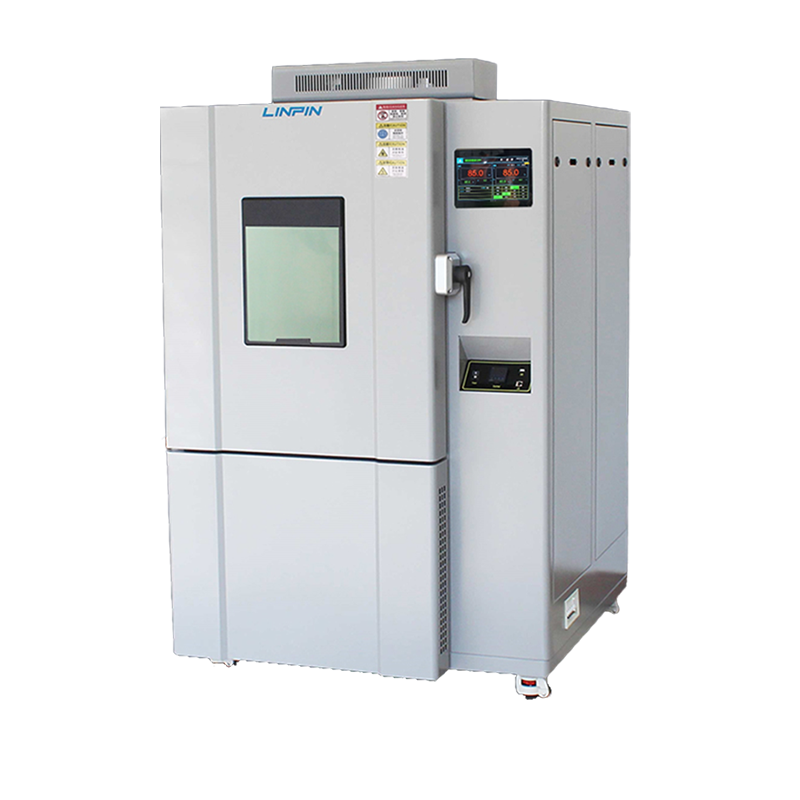

Given that temperature and humidity alternating test chambers are expensive, it is crucial to keep certain precautions in mind when using the equipment to ensure better protection and maximize its value.
As a device capable of simulating high-temperature, low-temperature, and humid climate conditions, the temperature and humidity alternating test chamber employs high-precision microcomputer touch-controlled temperature and humidity regulation, combined with a wind speed circulation system. This ensures accurate, stable, and uniform control over temperature and humidity.

We understand that different temperatures and humidity levels can cause varying effects on products. In other words, to determine the tolerance of test materials’ structure under extreme high and low-temperature conditions, users simply need to place the products inside the test chamber. Without relying on external environmental changes, the chamber can quickly reveal the chemical and physical changes caused by thermal expansion and contraction within a very short time.
When any precision instrument encounters a problem, it should not be taken lightly. If the cause of the malfunction is unknown, do not disassemble the test equipment casually. Otherwise, not only will you fail to identify and resolve the issue, but you may also cause secondary damage to the device.
Furthermore, when the test equipment is in operation, especially after a low-temperature cycle, it is advisable to dry the chamber at a temperature of 60°C. After approximately 30 minutes, you can open the test chamber door. This practice helps prevent evaporator icing and ensures stable test durations.
Additionally, during the testing process, avoid opening the chamber door unless absolutely necessary. At that time, the chamber is at a high temperature. Opening the door abruptly can cause hot air to rush out, potentially leading to fires and causing personal injury. Moreover, frequent door openings during testing can also damage the compressor, affecting the test results and causing more harm to the temperature and humidity alternating test chamber.